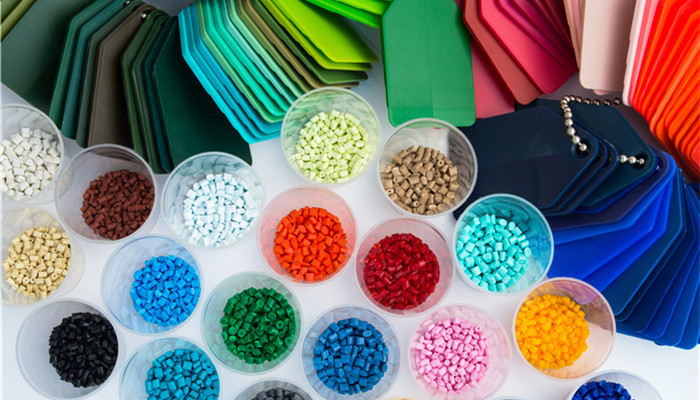
Mismatch between supply and demand of high-end polymer materials and catalysts, promising industry development prospects
Polymer material catalyst refers to an essential component added in the process of preparing polymer materials such as polyethylene and polypropylene. It can change the chemical reaction rate of reactants in chemical reactions without changing the chemical balance, and its own quality and chemistry Properties do not change before or after a chemical reaction. According to performance characteristics, polymer material catalysts can be divided into polymerization catalysts, oxidation catalysts, hydrogenation catalysts, dehydrogenation catalysts, etc., with polymerization catalysts being the main ones.
Polymerization catalysts mainly include Ziegler-Natta catalysts, metallocene catalysts, non-metallocene catalysts, bifunctional catalysts, etc. In the olefin polymerization process, polymerization catalysts play an irreplaceable role. Without the use of catalysts, industrialization cannot be achieved Production. Therefore, catalysts are the core of olefin polymerization technology, and the improvement of polyolefin resin properties is also closely related to the development of polyolefin catalysts.
As one of the important raw materials for my country’s economy, production and life, polyolefin is widely used in industry, agriculture, packaging and daily industries due to its low price and excellent performance. It occupies a pivotal position in the plastics industry. Due to the late start of the domestic polyolefin industry, polyolefin products are mainly mid- to low-end general-purpose materials, while high-end polyolefin products are heavily dependent on imports, resulting in a mismatch between supply and demand. However, in recent years, with the technological innovation, transformation and upgrading of the olefin industry, the process of localization substitution has accelerated, and domestic polyolefin production capacity has gradually expanded and rebounded.
According to the “Global and China Polymer Material Catalyst Industry In-depth Research Report 2021” released by the Industrial Research Center, in 2020, domestic Polyethylene production is approximately 20.04 million tons, domestic polypropylene production is approximately 25.54 million tons, and polyolefin production exceeds 45 million tons/year. Since polymer material catalysts are mainly used in the polymerization process of ethylene and propylene in the preparation of polyethylene and polypropylene, the domestic production of polyolefins determines the market capacity of the catalyst. Estimated based on the typical addition amount of polymer material catalyst in polyolefin of 0.003%-0.005%, its domestic market capacity is 1,300 tons/year.
Industrial Research Institute believes that with the development and application of polyolefins in new technologies and new products such as 3D printing and film materials, polyolefins Product output continues to increase; at the same time, domestic olefin technology is becoming mature, the self-sufficiency rate will steadily increase, and there will be sufficient market space in the future. Since the demand for polymer material catalysts is significantly positively correlated with the scale of the polyolefin industry, the polymer material catalyst industry will usher in a broad space for development against the background of the acceleration of the localization process of polyolefins and the expansion of polyolefin applications.

 微信扫一扫打赏
微信扫一扫打赏

